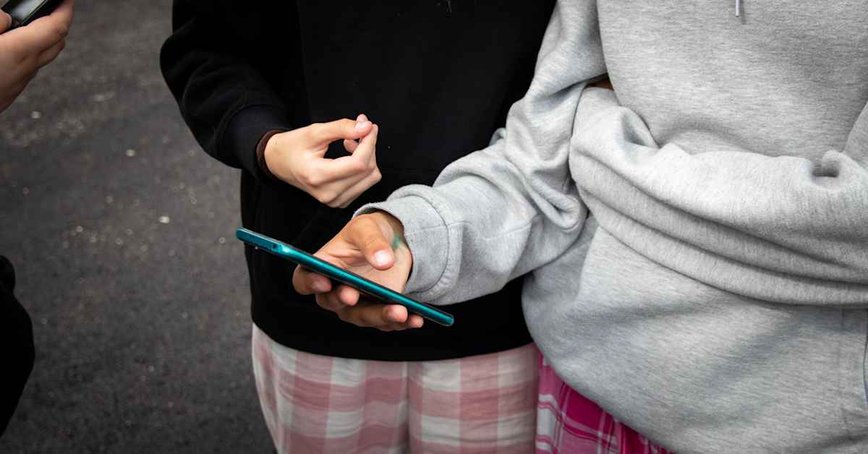
Alarming Surge: One-Third Of Girls Face Online Sexual Violence on OnlyLikeFans

Startling Statistics from Save the Children Finland
In a digital age teeming with connectivity, a new survey from Save the Children Finland has exposed a chilling reality: one-third of girls face sexual violence online. Conducted between February and March 2025, this survey collected insights from 4,106 children aged 11–17, shedding light on the often-hidden threats lurking in the digital realm.
The findings reveal that sexual violence online is alarmingly common, with 33% of girls, 20% of other genders, and 8% of boys reporting such experiences. The predominant form of abuse involves receiving sexually suggestive messages from adults, though other violations, like requests for sexual acts via video, were also noted. The survey underscores a pressing issue – children are frequently contacted by adults or individuals much older, and these interactions often turn sexual within a shockingly brief period.
Breaking the Silence: Reporting and Support
Despite the prevalence of these disturbing encounters, many children refrain from reporting their experiences. The survey indicates that over half of those subjected to online sexual abuse choose silence, often confiding only in friends. This reluctance to report is attributed to the distressing nature of the incidents and their perceived normalcy in an increasingly digital world.
“At Nettivihje, we see how even elementary school children and younger are subjected to sexual violence. Strangers can approach children even when they appear to be safe in their own homes,” stated Heidi Näppi, Development Manager at Nettivihje.
To combat this silence, Save the Children operates Nettivihje, a hotline for reporting suspected online sexual violence against children. This service aims to empower victims and concerned individuals to step forward, fostering a safer online environment for children.
Prioritizing Digital Safety and Education
In response to these alarming statistics, Save the Children emphasizes the importance of digital safety skills and comprehensive sexual education for both children and parents. The organization stresses that such education should start early, preparing even the youngest internet users to navigate the digital world with confidence and caution.
The responsibility, however, does not rest solely on children and their families. Online platforms must also play a pivotal role in preventing sexual violence. By implementing stricter safety protocols and monitoring systems, these platforms can help ensure that the virtual spaces where kids congregate are safe havens rather than potential threats.















